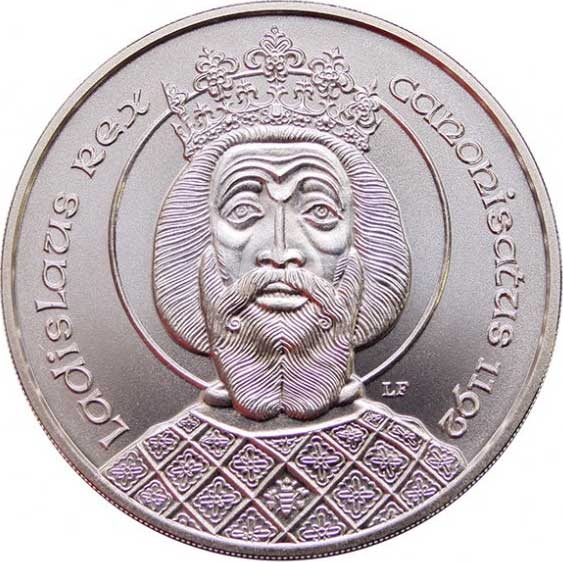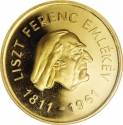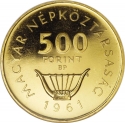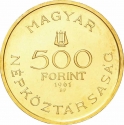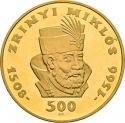You are about to finish your registration. Please check your mailbox (including spam folder). There should be a letter with a confirmation link. Check setting to make sure that your e-mail address is correct.
Send letter againDescription
Ladislaus I (1040–1095), also known as Saint Ladislas, ruled as King of Hungary from 1077 and King of Croatia from 1091. He was the son of King Béla I of Hungary and Richeza of Poland. Initially, Ladislaus and his brother Géza supported their cousin Solomon as king, but their relationship soured, leading to rebellion. After Géza's death, Ladislaus became king, facing resistance from Solomon and German King Henry IV. Ladislaus focused on restoring public safety, implementing strict laws, and expanding Hungary's territory into Croatia. He secured the kingdom's eastern borders against threats from the Pechenegs and Cumans. Ladislaus clashed with the Holy See over Croatia's sovereignty. Canonized in 1192, he is revered as a pious knight-king and remains a popular saint in Hungary and neighboring countries.
Engraver: Ferenc Lebó
Obverse

|
Depicts the herm of Saint Ladislaus with a halo around the head, surrounded by the Latin inscription above "Ladislaus King Canonized 1192", engraver's initials (LF) on the right. LADISLAUS REX CANONISATUS 1192 |
|---|---|
Reverse

|
Depicts a central pearl circle, broken at the bottom by a battle axe. Within the pearl circle, the denomination is inscribed. The front and back sides of Saint Ladislaus' denar are visible within the two zeros of the denomination. In the encircling inscription, the lowercase printed text reads the mint mark and the issuance year. Stylized crosses separate the inscription from the mint mark and the year of minting. MAGYAR KÖZTÁRSASÁG |
| Edge |
500 Forint
Third Republic
800th Anniversary of Canonization of King Ladislaus I
KM# 687 Schön# 195 Adamo# EM125
800th Anniversary of Canonization of King Ladislaus I
